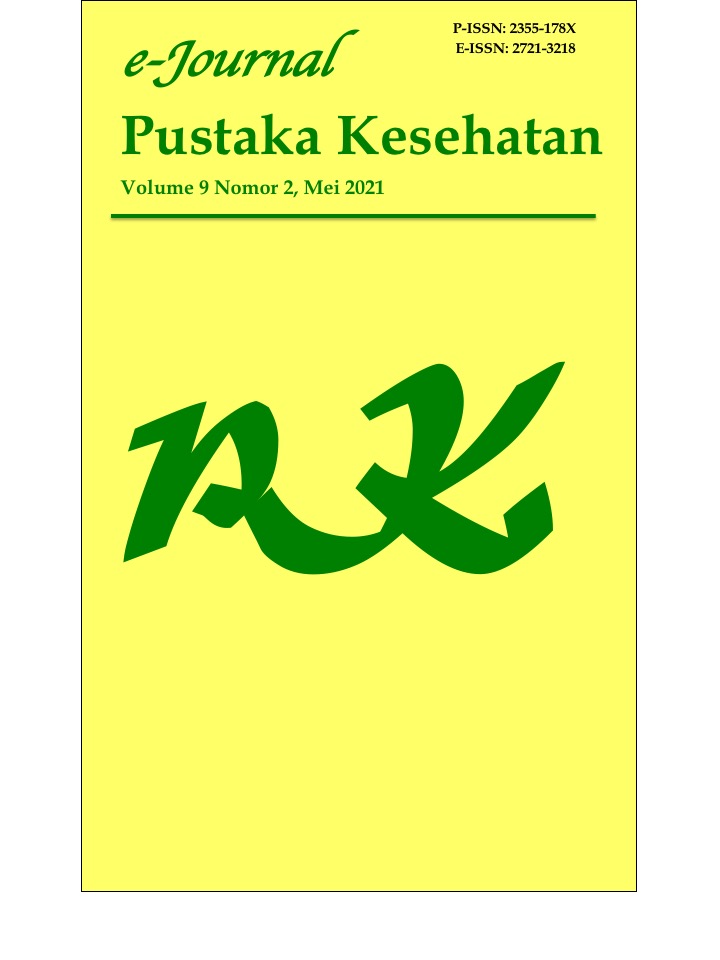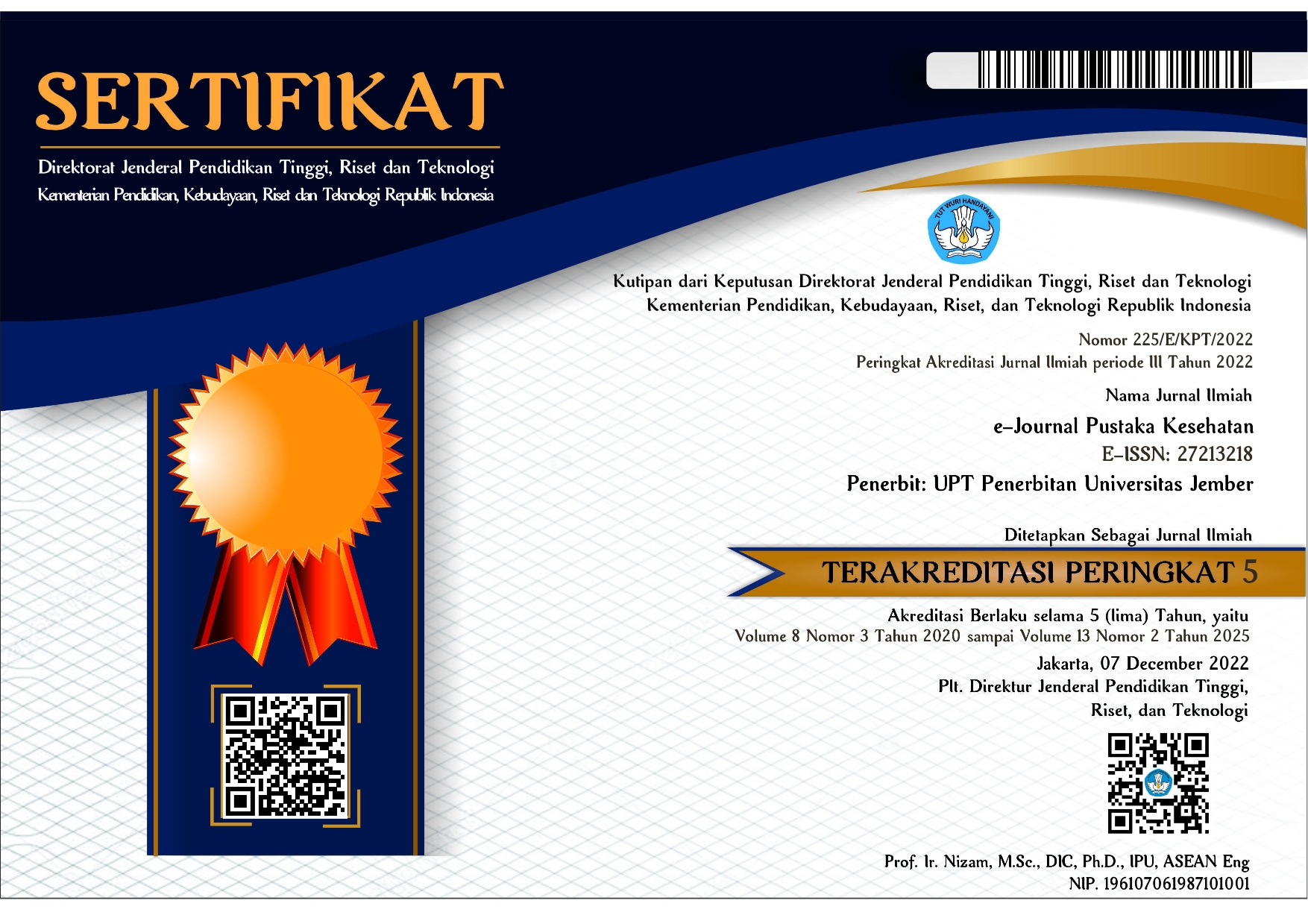Label Pintar untuk Pemonitoran Kesegaran Daging Ayam pada Kemasan
Abstract
Chicken meat is one of the commodities consumed by most Indonesian people and has a pH range of 5,5 – 6,0. The smart label has been applied as a chicken meat freshness detector. As dual indicator freshness, two pH indicators have been used, i.e., bromothymol blue (BTB) and methyl red (MR). The objective of this research was to determine chicken meat freshness using a smart label at room temperature. The color change of the smart label was examined by ImageJ software to determine freshness degree using the mean RGB value. The chicken meat was examined every 2 hours for pH and TVB analysis during the 24 hours storage at room temperature. The result showed that color indicator would change according to chicken meat freshness, BTB turned from yellow to blue (mean RGB 210,591 ± 0,376), and MR turned from red to yellow (mean RGB 208,146 ± 0,390). Chicken meat freshness at room temperature decreased as pH increase from 5,68 to 6,11 along with a color change of smart label. Furthermore, the color would change when 0.022 %N of TVB has been reached. Therefore, chicken meat freshness can be determined by using a smart label based on a dual indicator of bromothymol blue and methyl red at room temperature.
References
[2] Kurniawan NP, Septinova D, & Adhianto K. Kualitas fisik daging sapi dari tempat pemotongan hewan di Bandar Lampung. Lampung: Universitas Lampung. 2010.
[3] Mielmann A. Food spoilage characteristics of Chrysebacterium species. Tesis. Department of Microbial, Biochemical and Food Biotechnology Faculty of Natural and Agricultural Sciences, University of the Free State. 2006.
[4] Yam KL, Takhitsov PT, & Miltz J. Intelligent packaging: concepts and applications. JFS. 2005 Dec. 70 (1): 1 – 10.
[5] Berryman P. Advances in food and beverage labelling. Cambridge: Woodhead Publishing; 2014.
[6] Sabnis RW, Ross E, Kothe J, Nauman R. Indicator reagents. Encyclopedia of Industrial Chemistry. 2012. Vol 19 p. 1 –46.
[7] Riyanto R, Hermana I, Wibowo S. Karakteristik plastik indikator sebagai tanda peringatan dini tingkat kesegaran ikan dalam kemasan plastik. JPB Perikanan. 2014. 9 (2): 153-163.
[8] Buckle KA, Edward RA, Fleet GH, M Wooton. Ilmu pangan. Purnomo H, Adiono, penerjemah. Jakarta: UI Press. Terjemahan dari : Food science. 1987.
[9] Kleiner IS, Orten JM. Biochemistry. New York: The C.V. Mosby Co. 1975.
[10] Pearson D. Assesment of meat freshness in quality control employing chemical techniques a review. Meat Sci. 1984. Vol 19 p. 357-362.
[11] Alasalvar C. Seafoods-quality, technology, and nutraceutical applications. Springer-Verlag, New York. 2002.
[12] Frazier WC, Westhoff DC. Food microbiology, Third Edition. New Delhi: Tata Mc. Graw Hill Pub. Co. Ltd.; 1981.
e-Journal Pustaka Kesehatan has CC-BY-SA or an equivalent license as the optimal license for the publication, distribution, use, and reuse of scholarly work. Authors who publish with this journal retain copyright and grant the journal right of first publication with the work simultaneously licensed under a Creative Commons Attribution-ShareAlike 4.0 International License that allows others to share the work with an acknowledgment of the work's authorship and initial publication in this journal.











